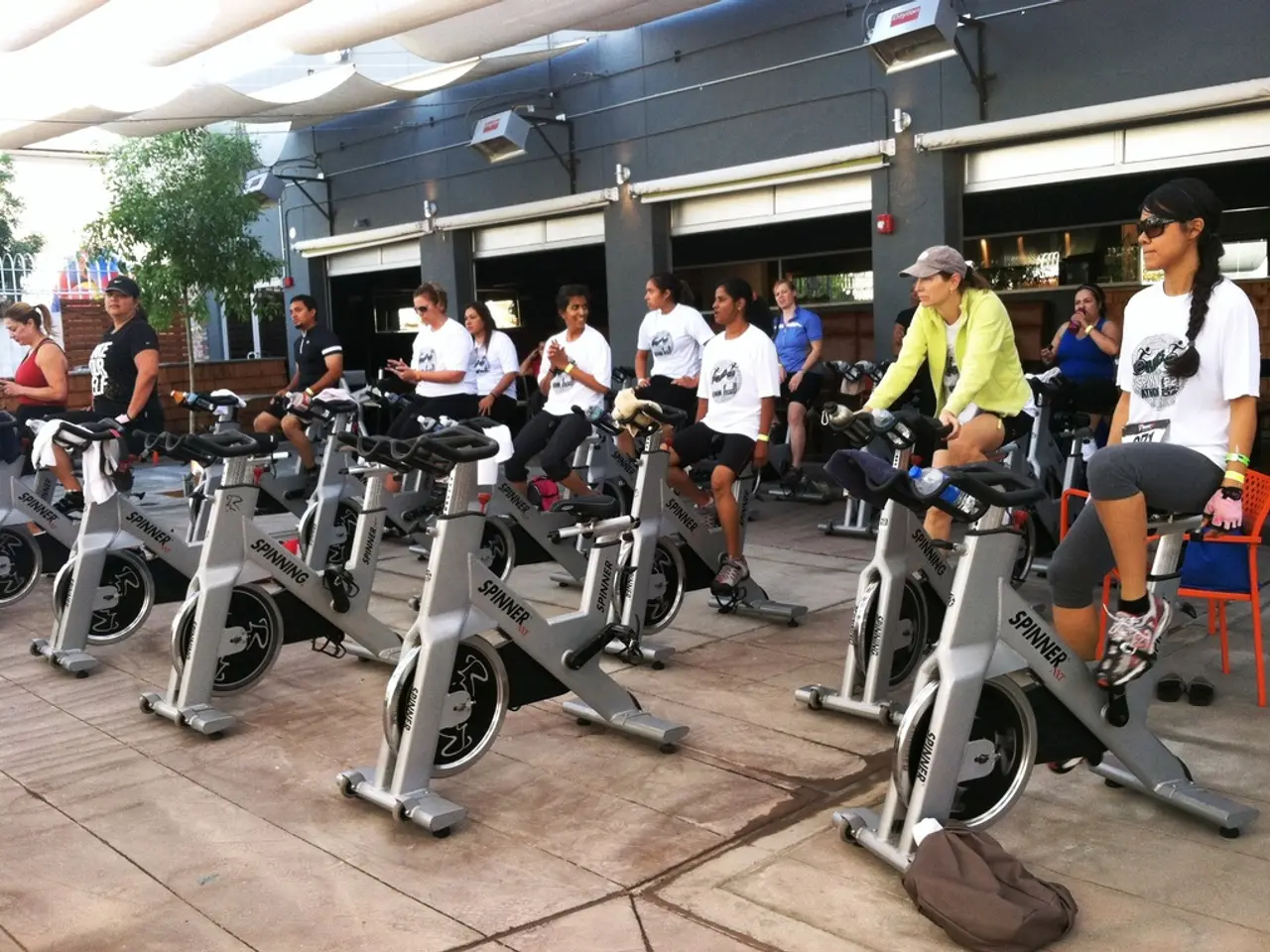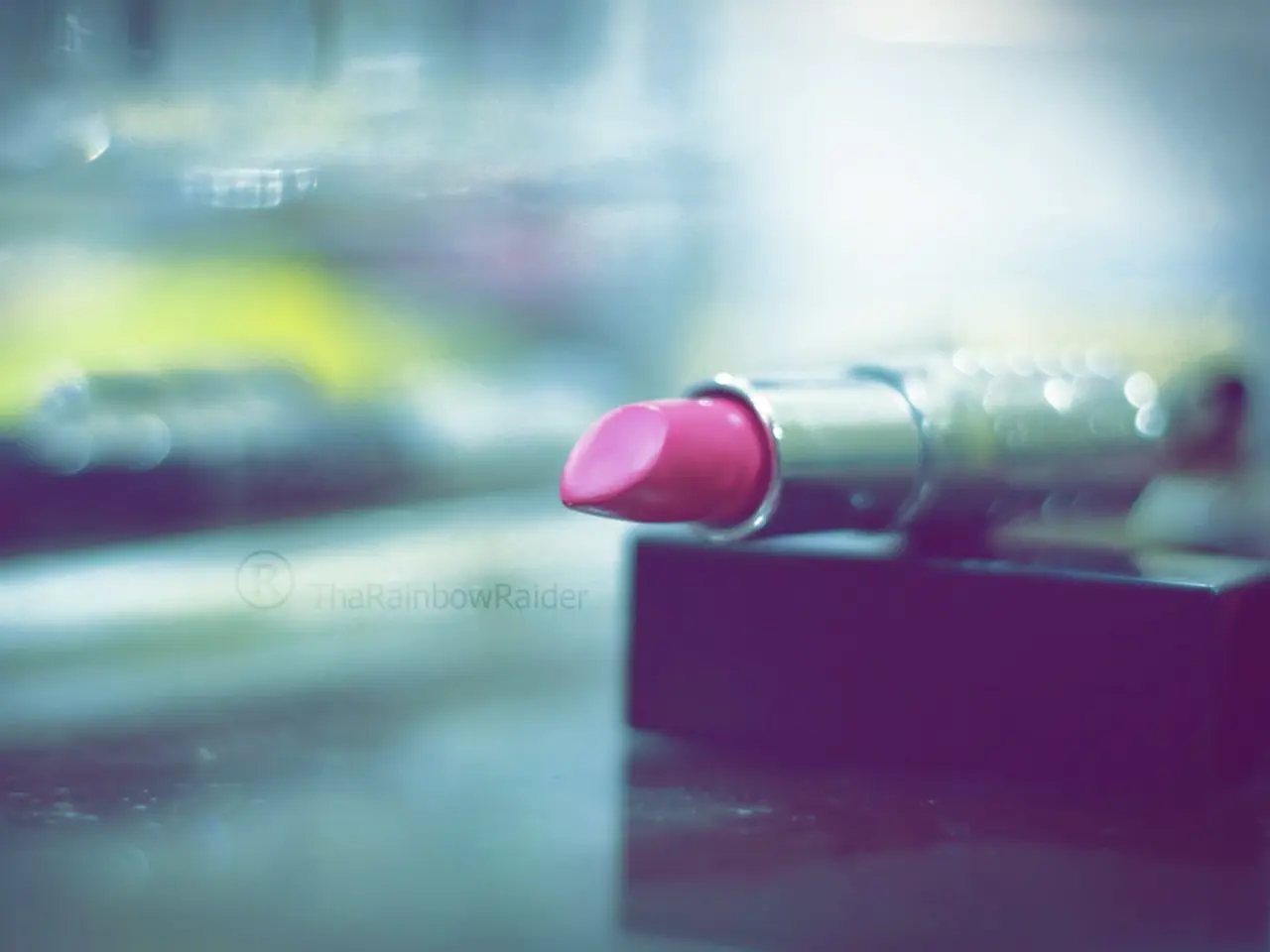Differences in Aging Rates Among Various Ethnic Groups
In the realm of dermatology, the American Academy of Dermatology Association (AAD) offers various recommendations to prevent premature aging. These include wearing sunscreen, quitting smoking, wearing sunglasses, avoiding repetitive facial expressions, eating a balanced diet, reducing alcohol intake, increasing exercise, cleansing skin gently, washing the face twice a day and after sweating heavily, applying facial moisturizer daily, avoiding irritating skincare products, and speaking with a dermatologist if concerned about aging skin.
However, it's important to note that different racial groups may age at different rates due to a combination of biological, social, and environmental factors. For instance, Black, Indigenous, and People of Color (BIPOC) may experience less sun damage than white people due to higher levels of melanin and a thicker dermis. Nevertheless, this does not mean they are completely immune to sun damage, as exposure to the sun can still lead to premature aging of the skin (photoaging).
Asian skin, for example, has a thicker dermis than white skin, meaning it contains more collagen. This can result in Asian females not noticing wrinkles until they reach their 50s. However, Asian females may be more likely to develop pigmentation from sun damage, such as dermatosis papulosa nigra, seborrheic keratoses, and solar lentigines.
In contrast, Hispanic/Latino/Latina/Latinx people may experience changes in their facial structure as they age, such as thickening and drooping of the midcheek area, more-prominent lines developing from the sides of the nose to the sides of the mouth, eyebrow and eyelid drooping, and puffy, baggy lower eyelids.
Black people tend to have a beneficial arrangement of collagen in their skin, which helps to maintain structural integrity and a youthful appearance for longer than white skin. However, changes in facial structure in Black people are more likely to occur around the eyes and middle of the face, leading to fullness of the upper eyelids, dark circles under the eyes, development of jowls, and loss of lip volume.
These differences in aging are not solely dependent on race, as a person will age in their own way, regardless of their racial background. However, several factors contribute to these differences. Health inequalities and underdiagnosis, discrimination and stress, economic disparities and structural barriers, lower financial and health literacy, and cultural and familial factors all play a role.
It's crucial to address these health disparities to promote equality in aging. By understanding the complex interplay of biological, social, economic, and environmental factors, we can work towards creating a more equitable society where everyone ages gracefully and healthily.
References:
[1] King, M. B., & Kaufman, J. (2017). Racial and ethnic disparities in frailty. Journal of Aging and Health, 39(4), 542-555.
[2] King, M. B., & Kaufman, J. (2018). Race, racism, and health: A critical review of the evidence. Annual Review of Public Health, 39, 369-387.
[3] King, M. B., & Kaufman, J. (2019). Racial and ethnic disparities in aging: A review of the evidence and implications for health policy. Health Affairs, 38(8), 1398-1406.
- Aging skin and related medical conditions may be influenced by various factors beyond race, encompassing health inequalities, underdiagnosis, discrimination, economic disparities, and cultural factors.
- Asian skin, for instance, may display less wrinkles due to a thicker dermis, but may be more susceptible to pigmentation from sun damage, such as dermatosis papulosa nigra, seborrhic keratoses, and solar lentigines.
- Hispanic/Latino/Latina/Latinx individuals may notice changes in their facial structure as they age, including thickening and drooping of the midcheek area, more-prominent lines from the sides of the nose to the sides of the mouth, and puffy, baggy lower eyelids.
- Black people's skin structure tends to maintain a youthful appearance for longer due to a beneficial collar arrangement, but changes are more likely to occur around the eyes and middle of the face, leading to fullness of the upper eyelids, dark circles, development of jowls, and loss of lip volume.
- In order to address these disparities, it's essential to understand the complex interactions between biological, social, economic, and environmental factors, working towards a more equitable society where everyone ages gracefully and healthily.
- Implementing skincare recommendations from organizations like the American Academy of Dermatology, such as wearing sunscreen, avoiding harsh skincare products, and regular visits to dermatologists, can contribute to healthier aging for all ages and races, but understanding these individual differences is crucial in providing personalized care.




